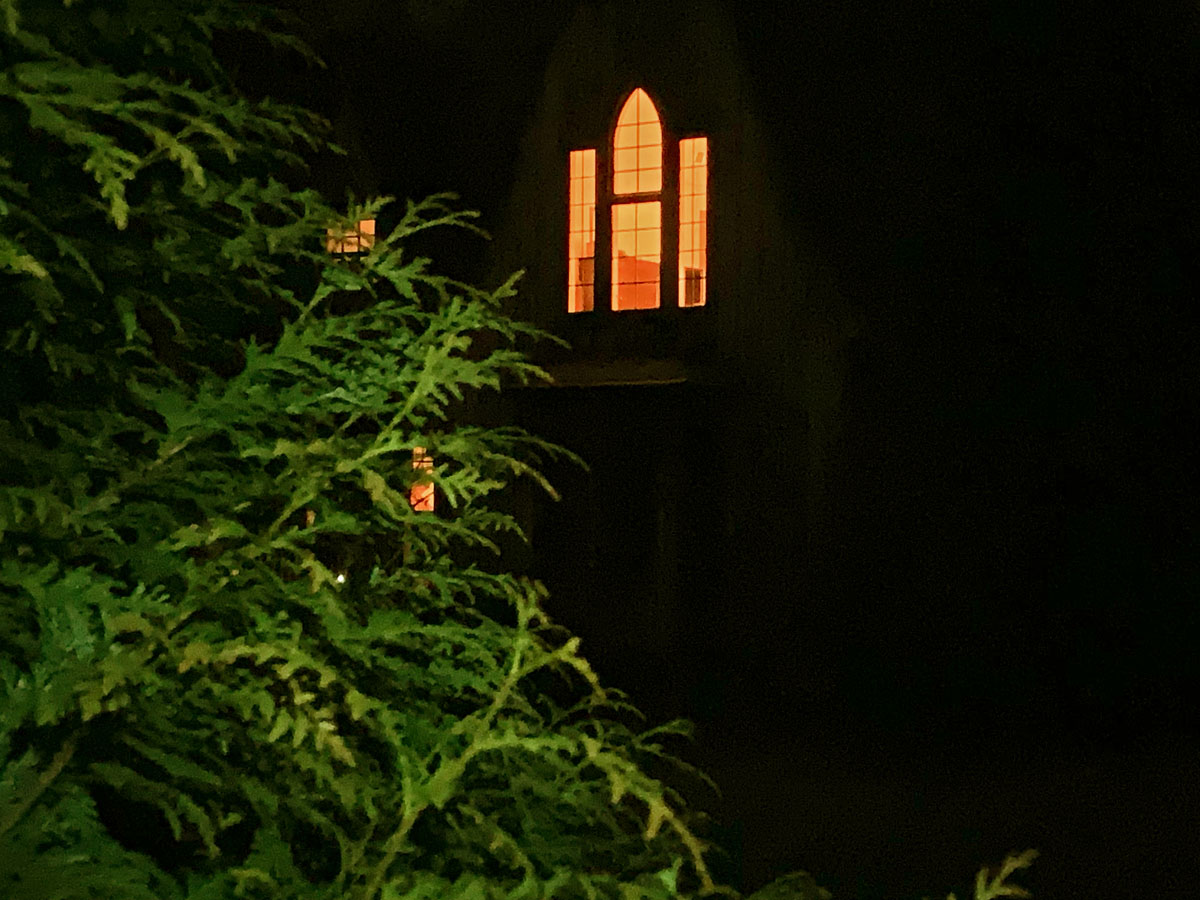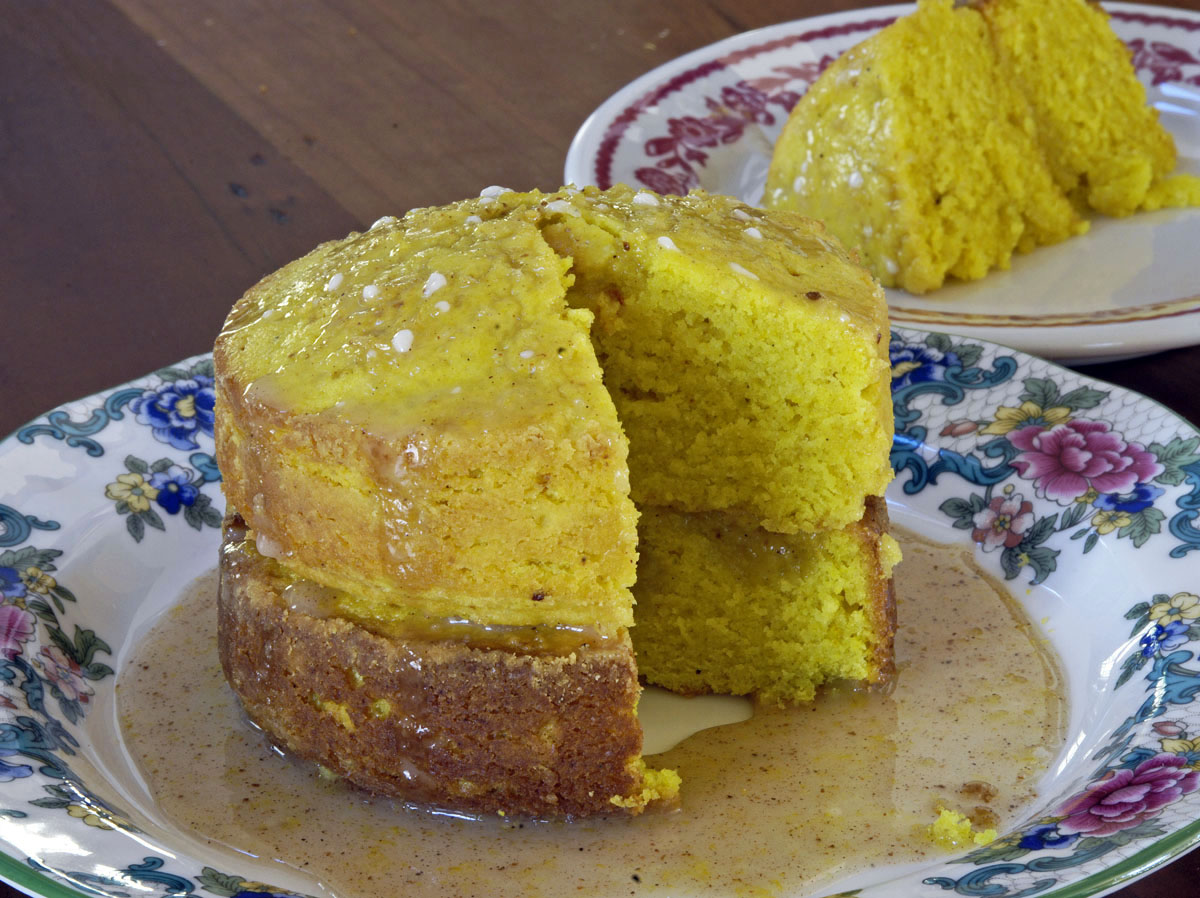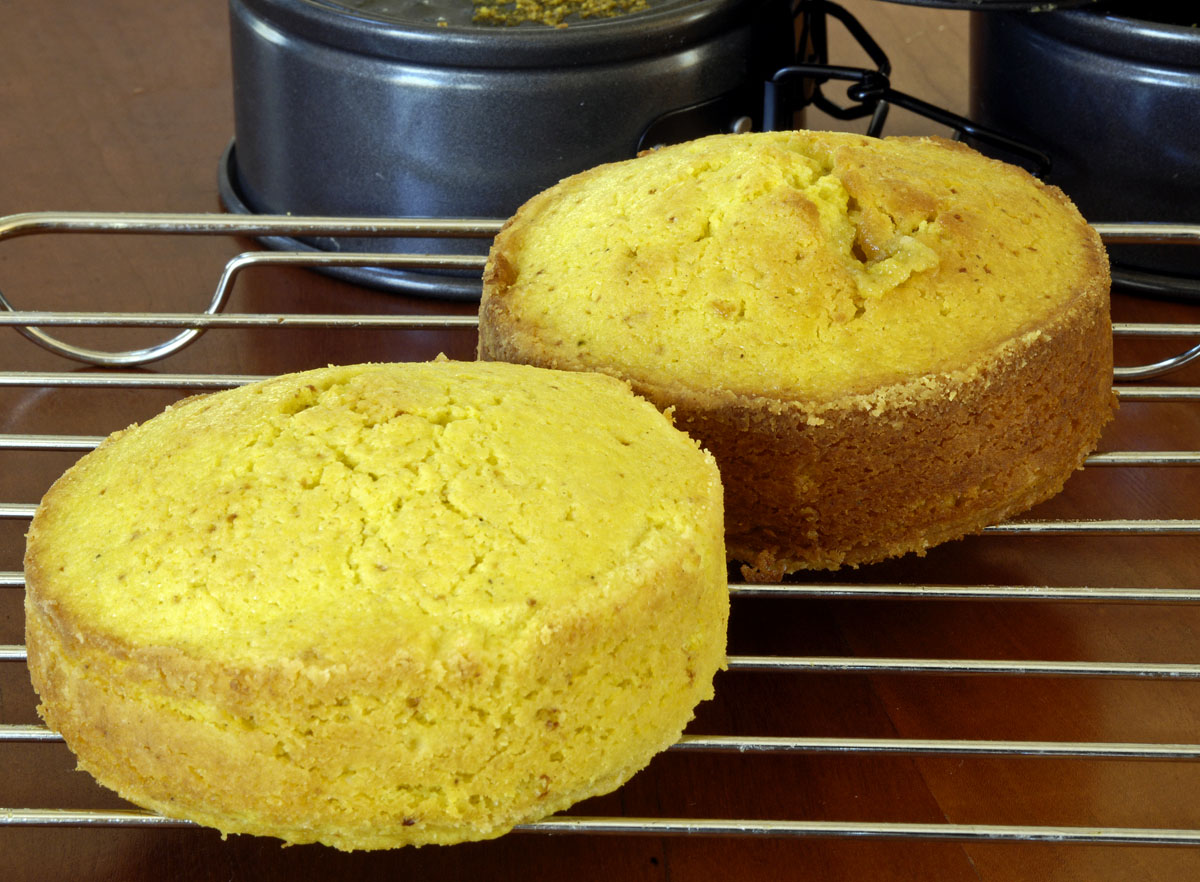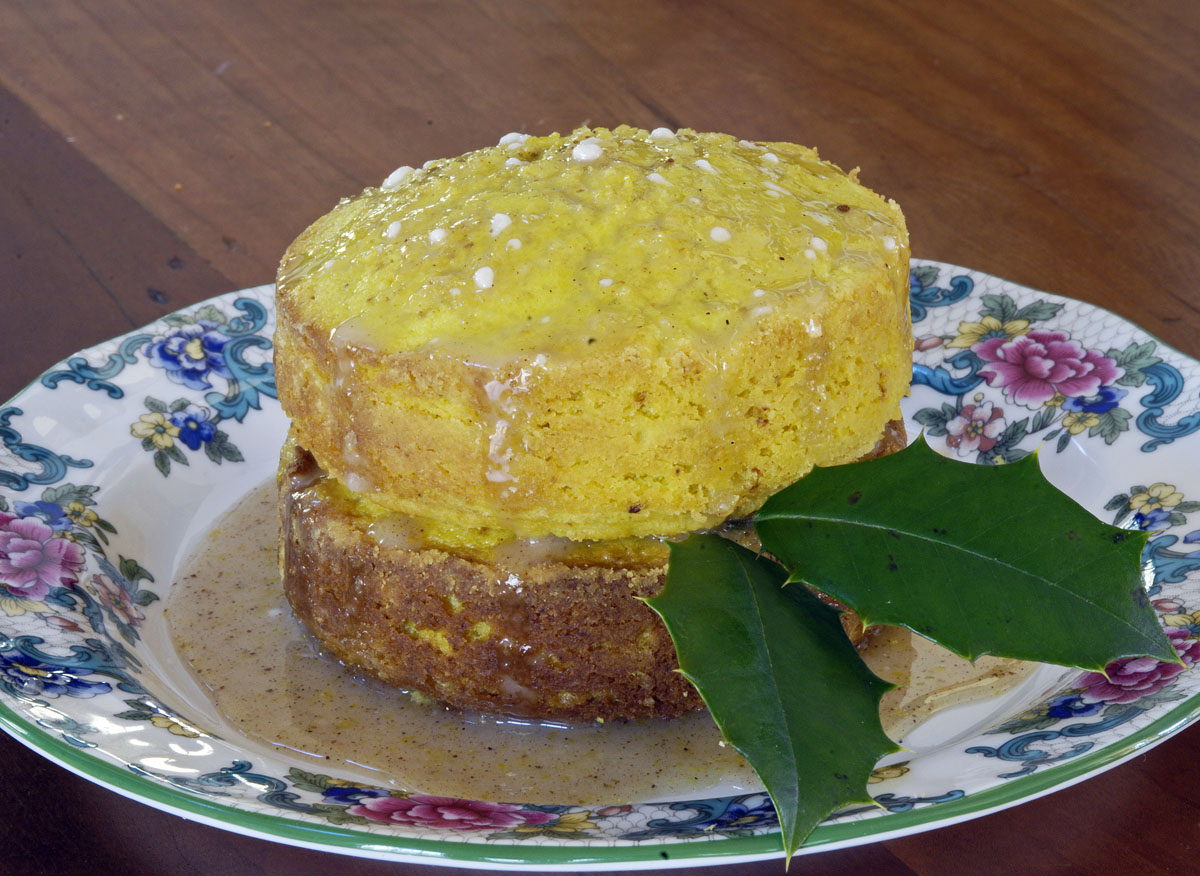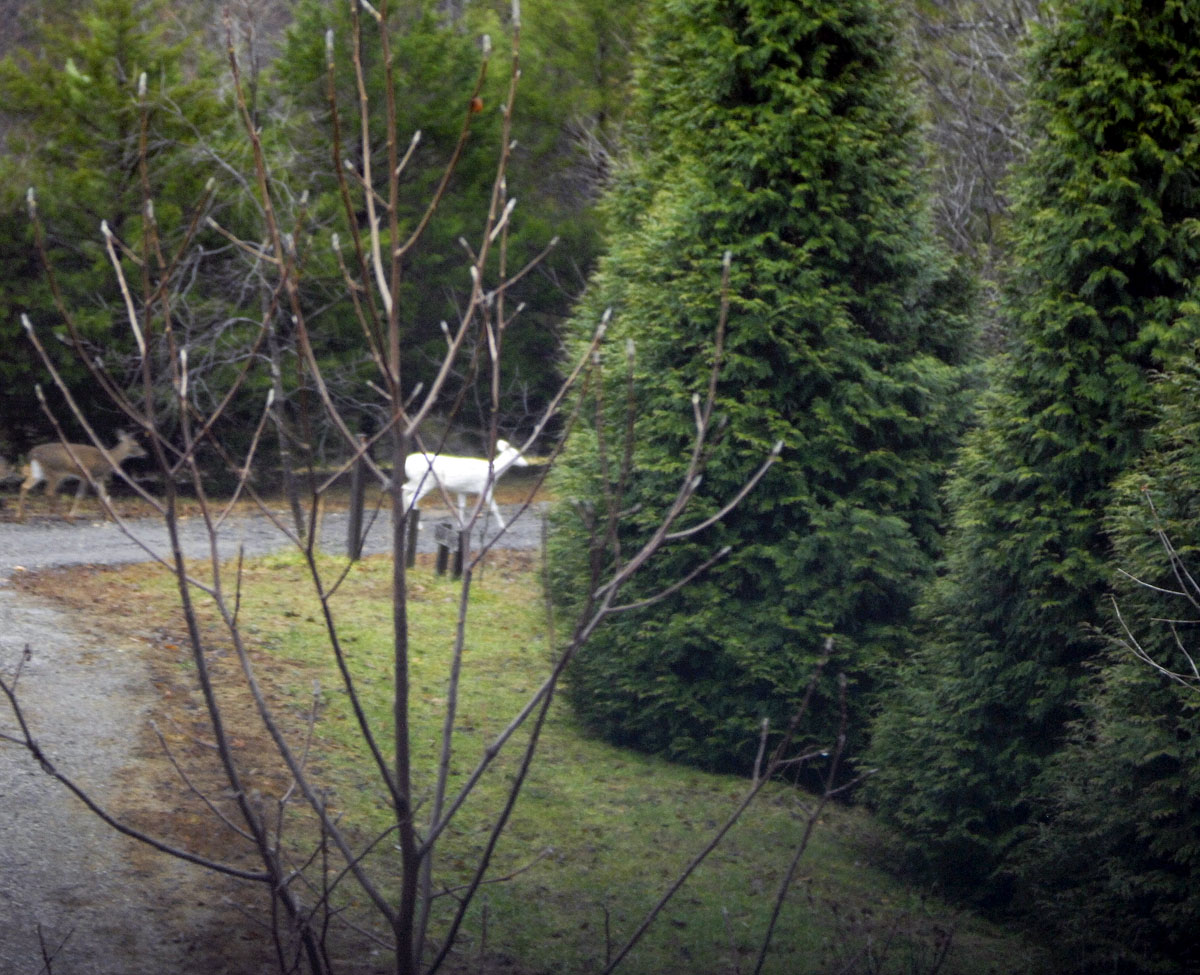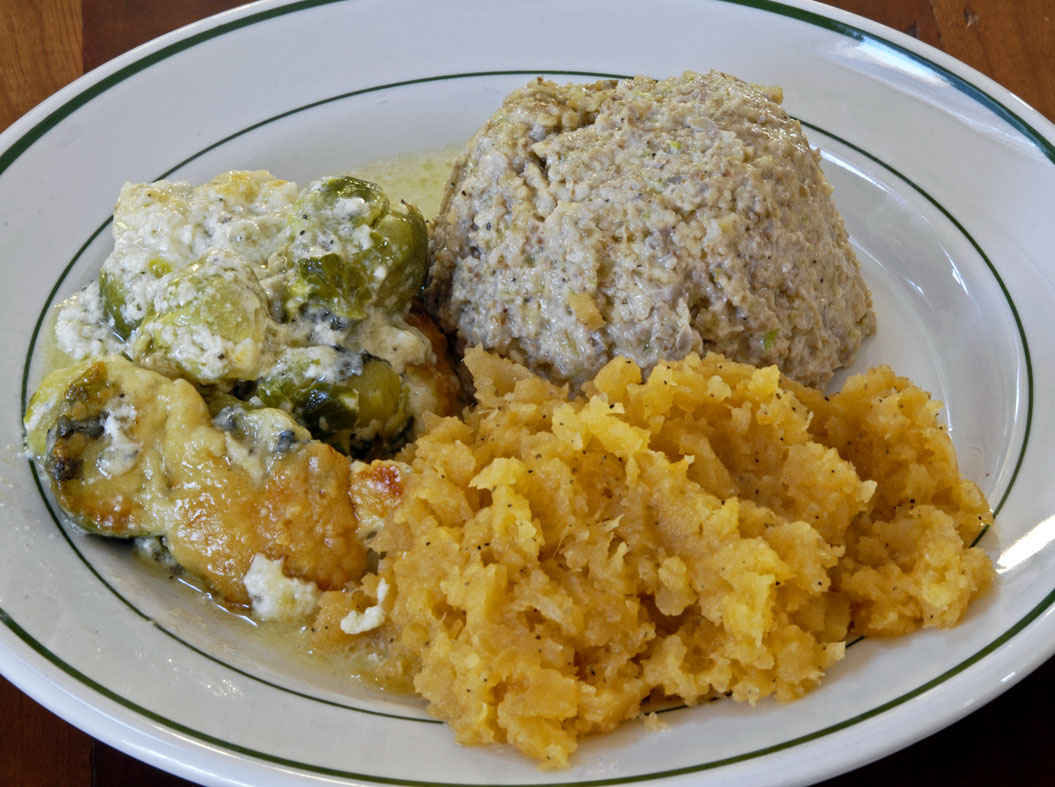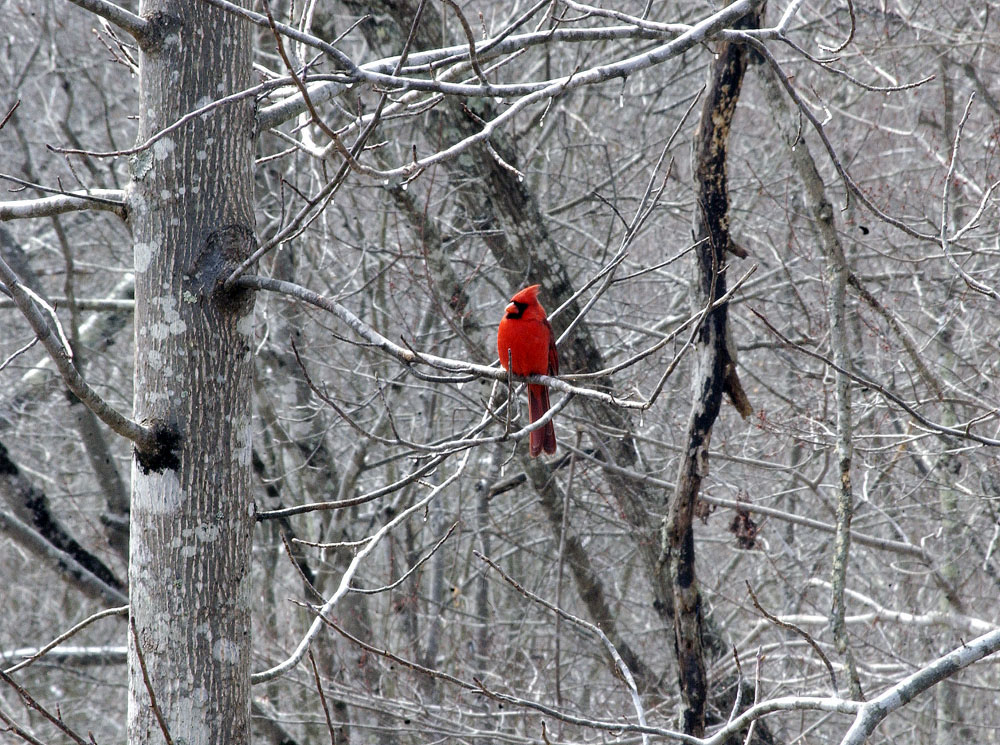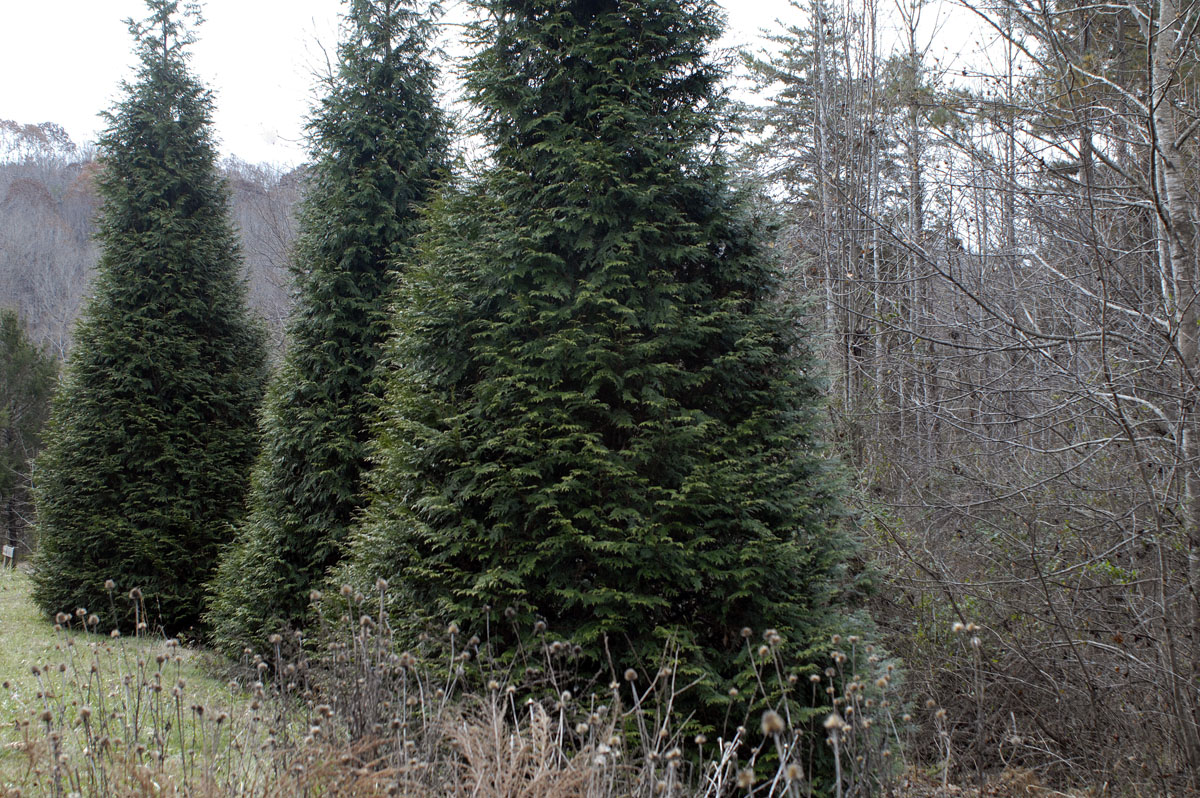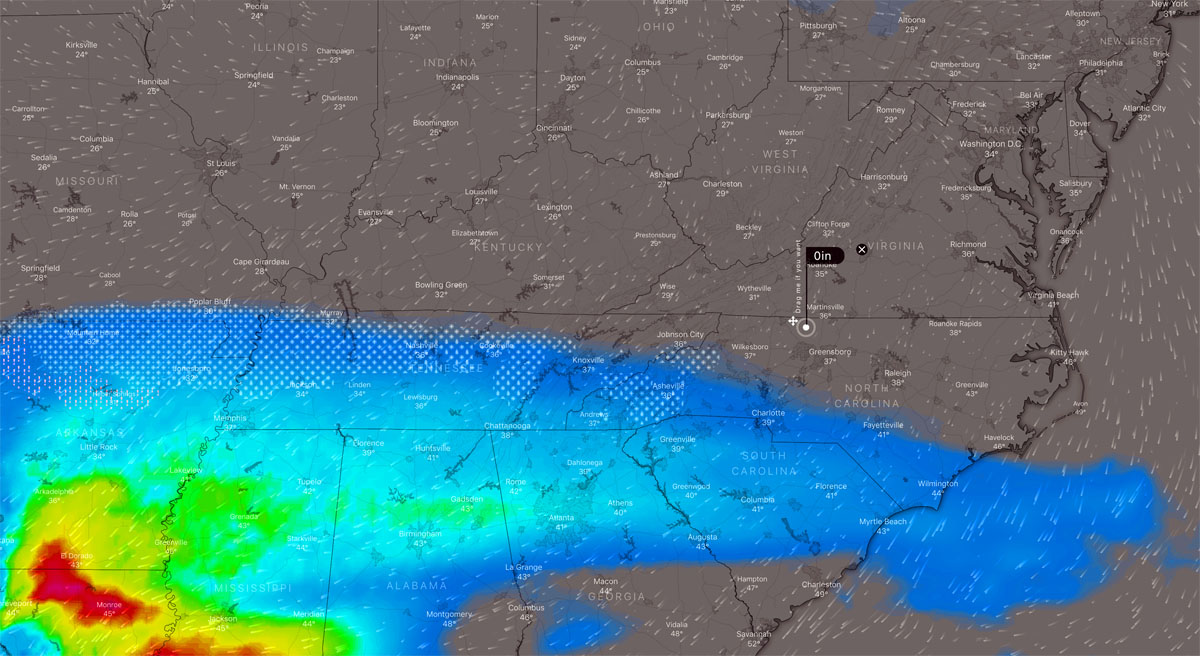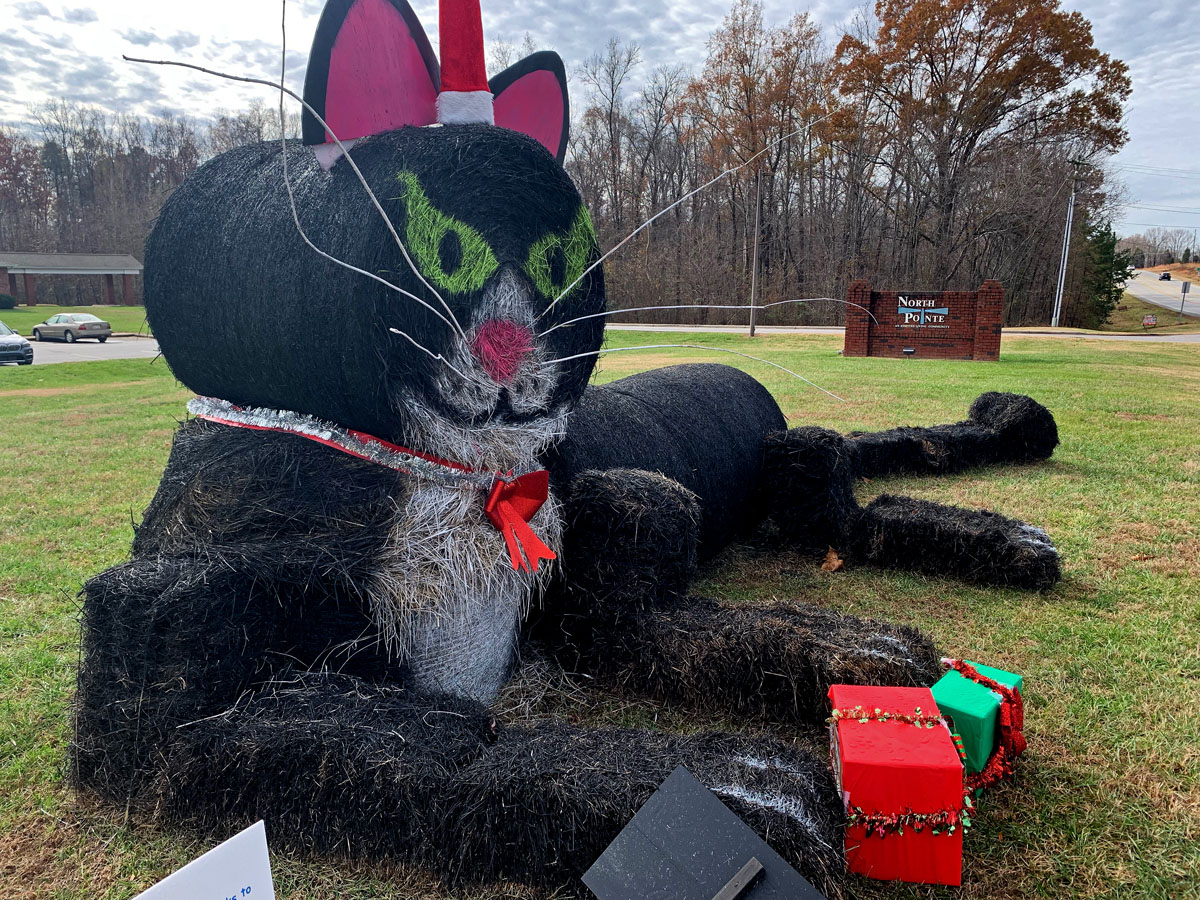
Source: Axios. The red components were added by me and are explained below.
This morning, Axios has an optimistic piece with the headline “Trust in the media is starting to make a comeback.” The article reports on several polls and studies, including a study by the Knight Foundation released in September 2018. Axios says nothing about what was happening during the years the trust trajectory changed directions. But it’s very important that we take note of this history, because it reveals a great deal about right-wing propaganda and the degree to which people fall for it.
First, what happened in the 1970s?: A long trend toward declining trust for the media began in the 1970s. Though I have no sources to cite for this, my hunch would be that a major cause of distrust toward the media was the oil crisis of the 1970s. The line starts downward around 1976. At that time, gasoline costs were rising sharply, and a recession had just ended. People were badly stressed by “stagflation” and the cost of gasoline. People began to doubt (rightly so) whether they were being told the truth about inflation and oil. Gerald Ford, who was president from 1974 to 1977, did not inspire much confidence, nor did Jimmy Carter, who was president from 1977 to 1981. Then came Ronald Reagan (1981-1989), who lied freely and often and who took great delight in dividing the country and demonizing the opposition. It was Reagan who began teaching angry, ignorant old white people that government was the problem, not the solution. Reagan was followed by the feckless George H.W. Bush (1989-1993).
In 1995, the utterly vile Newt Gingrich became speaker of the U.S House of Representatives. Gingrich left no doubt: Republicans hate government and find government useful only insofar as government controls war and taxation. When Bill Clinton became president in 1993, the country was sharply divided, not just politically, but also intellectually (insofar as right-wingers need rational support for what goes on in their heads). Republicans by now had learned an extremely important lesson: Distrust of the government and distrust of the media are a powerful double-barrel weapon. They aimed that weapon at the American people. In 1996, Fox News was created, with the evil Roger Ailes as CEO. As David Frum has written, Republican ideology is an ideology that cannot succeed in a democracy. People just don’t want what Republicans actually want to do, so Republicans have no choice but to lie and cheat. Republicans are perfectly willing to do whatever damage to democracy is necessary to achieve right-wing objectives. They realized many years ago that an anti-government ministry of propaganda is essential to the right-wing project.
Fox News: Turning point 1, late 1990s: This is a major turning point. For the first time, the American people were faced with a powerful organization whose product was pure propaganda. The historian Christopher R. Browning has called Fox News “a privatized ministry of propaganda.” The so-called mainstream media were completely unprepared for Fox News’ ruthlessness and the sheer brazenness of its lies. Fox News has more than enough power to set an agenda and to force the responsible media to repeat and amplify that agenda. The lies are thick, fast, and repeated. Right-wing shouting heads amplify the lies’ emotional power. Most of the lies go unchallenged. While Fox News was finding propaganda to be highly profitable, the mainstream media underwent a disastrous downsizing after the Internet destroyed a critical part of its business model (classified ads). Newsrooms were confused and intimidated, terrified of losing more subscribers than they already were losing. Having worked in newsrooms all my life until I retired in 2008, I watched something terrible play out. Journalists refused to call a lie a lie. Somehow, the received wisdom in newsrooms was that he-said she-said journalism was the key to survival. Official lies were passed on with no challenge other than a quote from the opposition, as though both sides were equally valid. My view was that the only hope for journalism — and for the trustability of journalists — was to call a lie a lie. Very few journalists agreed with me. I lost the argument then. But now I believe I have been vindicated. I have even received an apology or two from journalist colleagues who now admit that they were wrong. But the damage has been done.
We were lied into the Iraq war: Turning point 2, 2004: Point number 2 on the chart above is extremely embarrassing. It shows what can happen when journalism is overwhelmed by propaganda. Notice the modest increase in the early 2000’s, as President George Bush and vice president Richard Cheney lied the country into the Iraq war, pulling the country and the media along with them. The country actually was unified for a while — in support of a war. Then there was a downdraft of trust around 2004 as people — and people in newsrooms including the New York Times — realized that they had been propagandized and deceived by the Republican Party and the neoconservatives who had taken over the party. It was May 2004 when the New York Times published its half-assed, and still shameful, apology for its coverage of the run-up to the Iraq war. We must never forget Judith Miller, whose name must remain on the long list of graves to be pissed on because of the damage people like her have done to the American democracy, in their service to power and money. Few things in my life have been more terrifying than watching while not only the United States, but also our allies such as Britain, were seized with war fever. That war fever was a well-designed product of the Bush-Cheney administration and its propaganda machine. This country actually became deranged with war fever. Anyone who dared to resist was exposed to a level of demonization that was professionally and socially dangerous. I was in San Francisco at the time. Even the Left Coast newspaper where I worked, the San Francisco Chronicle, was swept up in the war fever, though our subscriber base provided the cover to resist, had we had the journalistic good sense to avoid the contagion of war fever. But the New York Times had war fever, so most other newsrooms did, too. (The McClatchy Washington bureau was a rare exception.)
You might think, if you were naive and optimistic, that a profitable war on false pretenses, sold by a corrupt Republican government and its ministry of propaganda, is the worst thing that could be enabled by a timid and insecure mainstream media culture overwhelmed by an aggressive and amoral ministry of propaganda. But you would be wrong to think that. During Barack Obama’s presidency (2009 to 2017), Fox News and the Republican Party doubled down on demonization and lies, setting the stage for what I believe is the most dangerous political event in American history: Donald Trump in the White House.
The media finally started calling a lie a lie: Turning point 3, 2016: I always hesitate to say that Donald Trump was elected to the White House, because a reasonable person can have reasonable doubt about how severely the presidential election of 2016 was corrupted not only by brilliantly focused propaganda and meddling both foreign and domestic, but also, possibly, by the hacking of state elections systems. Robert Mueller, surely, will have more to tell us on that subject. In any case, Donald Trump’s gaining the White House was like a Near Death Experience to every responsible journalist who still had a job. Suddenly newsrooms came to their senses. They saw what idiots they had been. They saw how they had been played by the right-wing media and the Republican Party. They suddenly remembered that truth, rather than trying to “balance” lies, was the standard of journalism. Subscriptions to the New York Times and the Washington Post surged. I still wonder about the Times sometimes, but the staff of the Washington Post went to work to redeem themselves. At long last, American newspapers were able to use the word “lie.” Fully understanding in spite of his stupidity that the truth would take him down, Donald Trump, like all despots and despot wannabes, declared the media to be the enemy of the people. Only Trump was to be believed.
So the Republican Party took the White House in 2016. But they overplayed their hand, ensuring disgust and blowback not only for the Republican Party, but also for its propaganda machine. Every rational person who is halfway paying attention now knows that Trump is a criminal and a traitor and that he brought his criminal syndicate with him into the White House. When Trump is taken down, the Republican Party will go down with him. Fox News will be exposed for what it is: a propaganda machine that serves power and wealth by profitably deceiving angry old white people, many of whom don’t have a pot to piss in, partly because they lack what it takes to succeed in the modern world, and partly because they have been betrayed by the machinery of economic inequality, for which even the Democratic Party deserves a share of the blame.
What will happen next?: No one knows. But I have a lot of hope, and a lot of guesses. Some people already have gone to prison for the criminal conspiracies that got Trump into the White House. Many more will go to prison. Trump will go to prison, too, unless he can make some kind of deal for resignation that allows him to avoid prison. The Republican Party and the Republican Senate will turn on Trump when that becomes necessary to try to save the Republican Party as the Trump criminal syndicate goes down in flames. But, if there is enough justice in the world, the Republican Party will have so damaged itself that it will never win — or steal — another election. Fox News will lose credibility with everyone but the 20 percent or so of the American people who will believe anything they are told, as long as their hatreds, their fears, and the ugliness of their religion are fed. The deplorables are a minority, far too few to continue to knock the country around once the Republican Party dies, as it will die, simply because (as David Frum wrote) anything as vile as today’s Republican Party cannot survive in a democracy.
I am hardly the only one who believes that we are at a fork in history. On the right lie the Republican Party, fascism, an end to the rule of law if Trump’s criminal syndicate is allowed to remain in power, the triumph of the international oligarchy that brought Trump to power, and killing blows to the American democracy through right-wing legislatures and right-wing courts. To the left lies a lot of hard work.
This 2016 uptick in media trust is probably the most encouraging sign I’ve seen that 2016 was the trough of the right-wing war on the American democracy, a war in which the death of truth would be to them a good riddance. If the blue line on the chart above breaks the 50 percent barrier and continues to climb, then I think that the American democracy has a future. It will mean that we have begun to agree on some things again, after a long national nightmare during which right-wing tactics intentionally drove us apart and intentionally made agreement impossible. To save the Republican Party, it was necessary for evil men to dismiss those things that threaten all of us to focus politics only on the things that threaten the Republican Party and its oligarchs’ agenda. And if the American democracy has a future, then maybe, just maybe, we might actually be able to do something about the things that we agree on, once a shared reality sets the agenda. Climate change and economic inequality are at the top of the list. We also need some fixes in our democracy, to insure that liars, criminals, and oligarchs never get control again.


